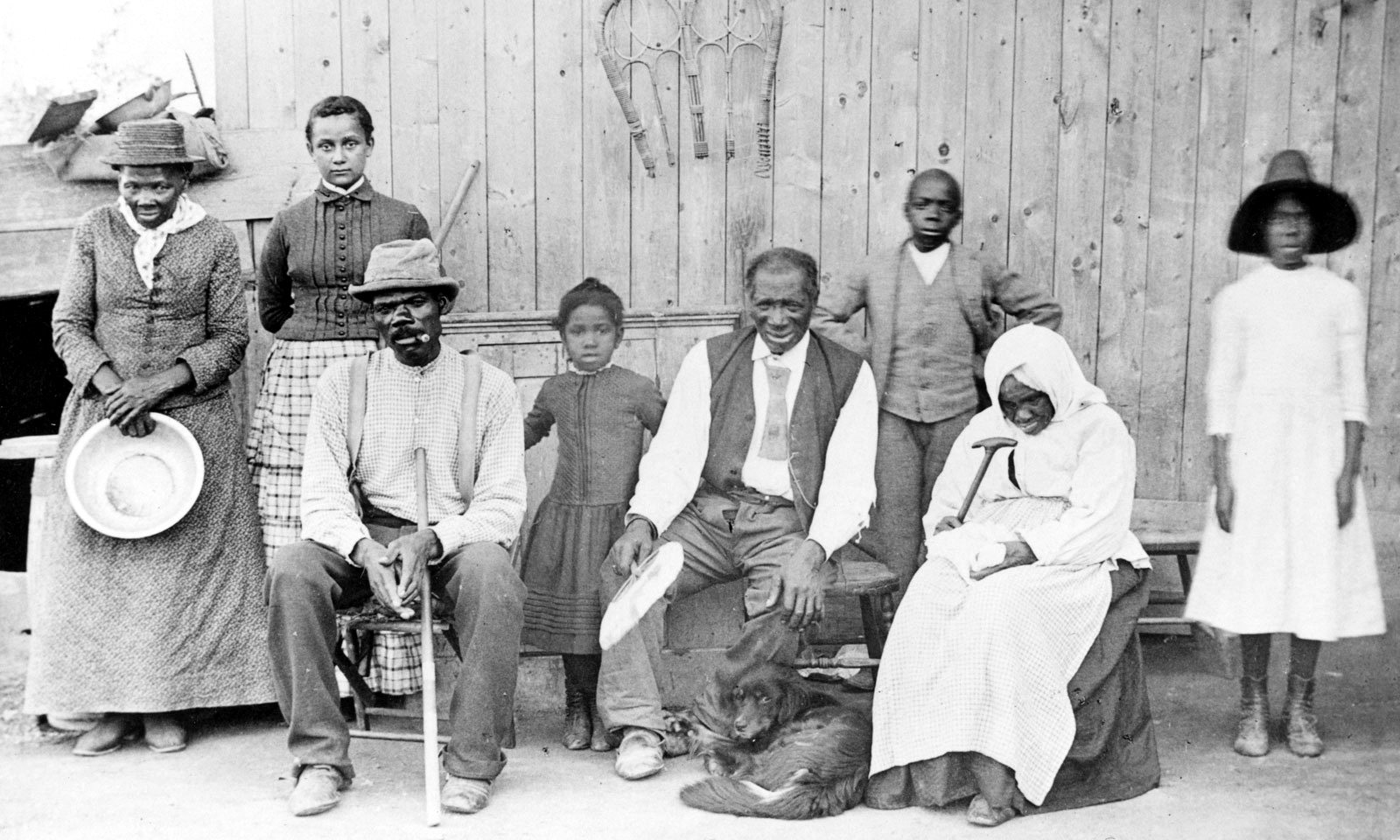November 30, 2017
Harriet Tubman: Her Journey to Freedom

It was night, and Harriet Tubman and her brothers began their journey to freedom. But when she looked back, she saw that her brothers were not following behind her. They were frozen in fear, thinking about the fact that they could get caught and face awful consequences. With their fear increasing, they said their goodbyes and headed back to their owners’ house.1 Saddened and alone, Harriet began walking north; nothing was going to stop her from getting what she always wanted, and that was her freedom.
One day, around the age twelve, Harriet Tubman’s owner threw a heavy weight at her after a fit of rage came over him. This fractured her skull, which applied pressure to her brain, and it made her have disabilities while growing up. This wasn’t the only pain Tubman had throughout her childhood. She also saw her sister being sold and taken away from them. Afterward, her parents were saddened and asked themselves why life was the way it was for them.2 Harriet Tubman didn’t know it then, but the struggles she faced when she was a child were only preparing her for the greater things she was going to achieve much later.
By the time Harriet Tubman had grown older and wedded, not many changes had been made in regards to the treatment of African-American slaves. In the 1840s, Tubman, along with her husband, John Tubman, a free man, worked with her brothers as cotton field slaves. During this period, it had become known to her that their master had made plans to sell her and her brothers, leading the family to be separated once again. If the idea of being separated from her family had not been fearful enough for Tubman, the unspoken horrors of being sent further South added to the horror of being torn away from what she already knew.3

Within her, the desire to be free became stronger and stronger. It had grown so much within her that she spoke to her husband John about it, to which he responded that he would tell her master if she ever attempted to run away. John being a free man held a certain power over his wife that she was not capable of fighting. Since her husband had made his opinion known to her what he would do if she were to try and escape, their last known moments together were filled with tension, and Harriet was on edge constantly.4 However, even with the threats coming from John, this did not fully keep Harriet from planning her escape; it had just delayed it. More than ever, she was determined to become free and leave her condition of dependence on not only her master, but also on her husband. She was very careful in discussing her plans to run away and when she would do it.5
On the night of her escape, she gathered her brothers and began singing a song to the other slaves, telling them that they were leaving. She led the way north, but when she turned around, she saw that her brothers were not following. They were afraid that they would get caught and face horrible consequences. They said their goodbyes to their sister and headed back to their master’s house. Even though Harriet was now alone, and much more vulnerable than before, she headed North towards her freedom.6 Tubman would travel during the night, because it made it harder for people to see her, and she would hide out during the day with people she could trust. After long days of traveling, she finally reached a Northern state, where she could be a free woman.
Yet even gaining her freedom, she could not stop thinking about her brothers and how they were still living as slaves. She decided to create a plan to go back and rescue her brothers. She knew that it would be extremely dangerous to return to the southern states because of the Fugitive Slave Act, which stated that it made it illegal for slaves to escape and illegal for anyone to help them. It also made it easier for slave owner to reclaim their slaves after they escaped.7

With the help of the Quakers, she was able to help her brothers and niece to escape.8 She did not want to stop there, so she returned to the South nineteen more times to help rescue more people. They called it the Underground Railroad, which is what Harriet Tubman is famously known for. The courage she showed, to be able to escape and then go back to help others also escape, has been greatly valued ever since. She helped others find the courage within them to fight for the abolition of slavery.
- Sarah Bradford, Harriet Tubman The Moses of Her People (New York: Corinth Books Inc., 1961), 29. ↵
- Sarah Bradford, Harriet Tubman The Moses of Her People (New York: Corinth Books Inc., 1961), 14-15. ↵
- James McGowan, Harriet Tubman: A Biography (Santa Barbara, Calif: Greenwood. 2011), 4-6. ↵
- Rosemary Sadlier, Harriet Tubman Freedom Seeker, Freedom Leader (Dundurn, 2012), 48-49. ↵
- Rosemary Sadlier, Harriet Tubman Freedom Seeker, Freedom Leader (Dundurn, 2012), 48. ↵
- Sarah Bradford, Harriet Tubman The Moses of Her People (New York: Corinth Books Inc., 1961), 29. ↵
- Encyclopedia of African American History, 2010, s.v. “Fugitive Slave Act of 1850,” by Alfred L. Brophy. ↵
- Rosemary Sadlier, Harriet Tubman Freedom Seeker, Freedom Leader (Dundurn, 2012), 50. ↵
Tags from the story
Harriet Tubman